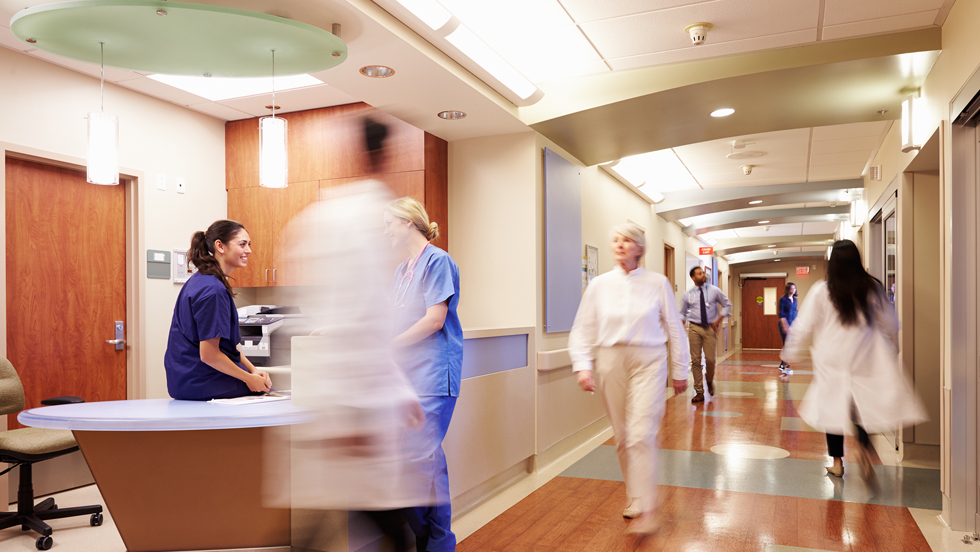
During a May 2023 webinar titled “Nurses Week: Putting the Pieces Together for Safe, Effective Care,” CNPH Dean Deborah Hunt, PhD ’12, said that patient safety and quality of care are integral to positive patient outcomes in all healthcare settings—but she cautioned that “adverse events” are still occurring at a “pretty alarming” rate.
The webinar focused on major causes for these adverse events and, as Dean Hunt’s book subtitle put it, on “how to decrease medical errors and improve patient outcomes.” It was presented live from the dean’s Nexus Building office on Adelphi’s Garden City, New York, campus by Springer Publishing as part of its promotion behind her fourth book, Fast Facts for Patient Safety in Nursing (2022).
She told the 38 virtual attendees from CNPH and elsewhere that “250,000 (patients’) lives are lost per year die due to medical errors, … the third leading cause of death in the U.S.” Later, she noted that not everyone agrees with that.”
After Springer posted the webinar video on YouTube another 405 viewers saw it, for a total viewership of 443 through May 28.
After some improvements since 1999, “error rates started to grow again” a couple of years ago, aggravated by the COVID-19 pandemic. That reversal inspired her to write her latest book, she said. Later, she noted that pandemic-related “burnout” from staffing shortages and other staffing issues, has played a significant role in boosting mistakes that threaten patient safety. That, she noted, involves not just nurses but healthcare staff in general.
It’s not that the nursing and healthcare professions are not trying to stem this tide. There have been numerous patient safety initiatives proposed and implemented by various healthcare organizations, she said.
The Major Adverse Events
Still, Dean Hunt observed that just since she wrote her book, “hospital-acquired infections have risen to concerning levels,” especially since the pandemic. These often preventable infections involve catheters and staff ignoring handwashing or other hygiene practices, for example.
Other major adverse events in hospitals, Dean Hunt said, include: medication errors (which she cited twice as “the No. 6 leading cause of death” and pressure ulcers (aka bedsores) at an “alarming” 2.5 million a year).
In reality, the picture is even bleaker. Dean Hunt emphasized, “Many errors are underreported.”
Dean Hunt also identified five common causes for such adverse events. These include: communication problems (including misunderstanding drug dosages and schedules), Information flow (such as missing test results), not following established policies and procedures, patient-related issues (such as improper patient identification) and staffing problems.
How to Fight Back
Dean Hunt also offered strategies for improving the situation. The “attributes of a safe practitioner,” she said, include being educated about and committed to safety, being a patient advocate, dismissing shortcuts, and maintaining critical thinking and critical judgment practices.
“Care and do what’s right,” she advised. “Always take that extra step.” By practicing “mindfulness, presencing and self-care,” she added, nurses will stay focused on their patients’ well-being and avoid distractions from their hectic work schedule, for instance. “At the center is our patient.”
Negative Events
These are the major adverse events for hospital patients, though statistics vary widely.
- Medication errors (affect 7 million hospital patients a year).
- Medical errors (e.g., misdiagnosis, surgical errors) lead to 250,000-plus deaths a year.
- Hospital-acquired infections (e.g., catheter-related infections, surgical site infections, pneumonia) affect 1.7 million patients a year.
- Pressure ulcers (bedsores) affect 2.5 million patients a year.
- Falls injure 800,000-plus hospital patients a year.